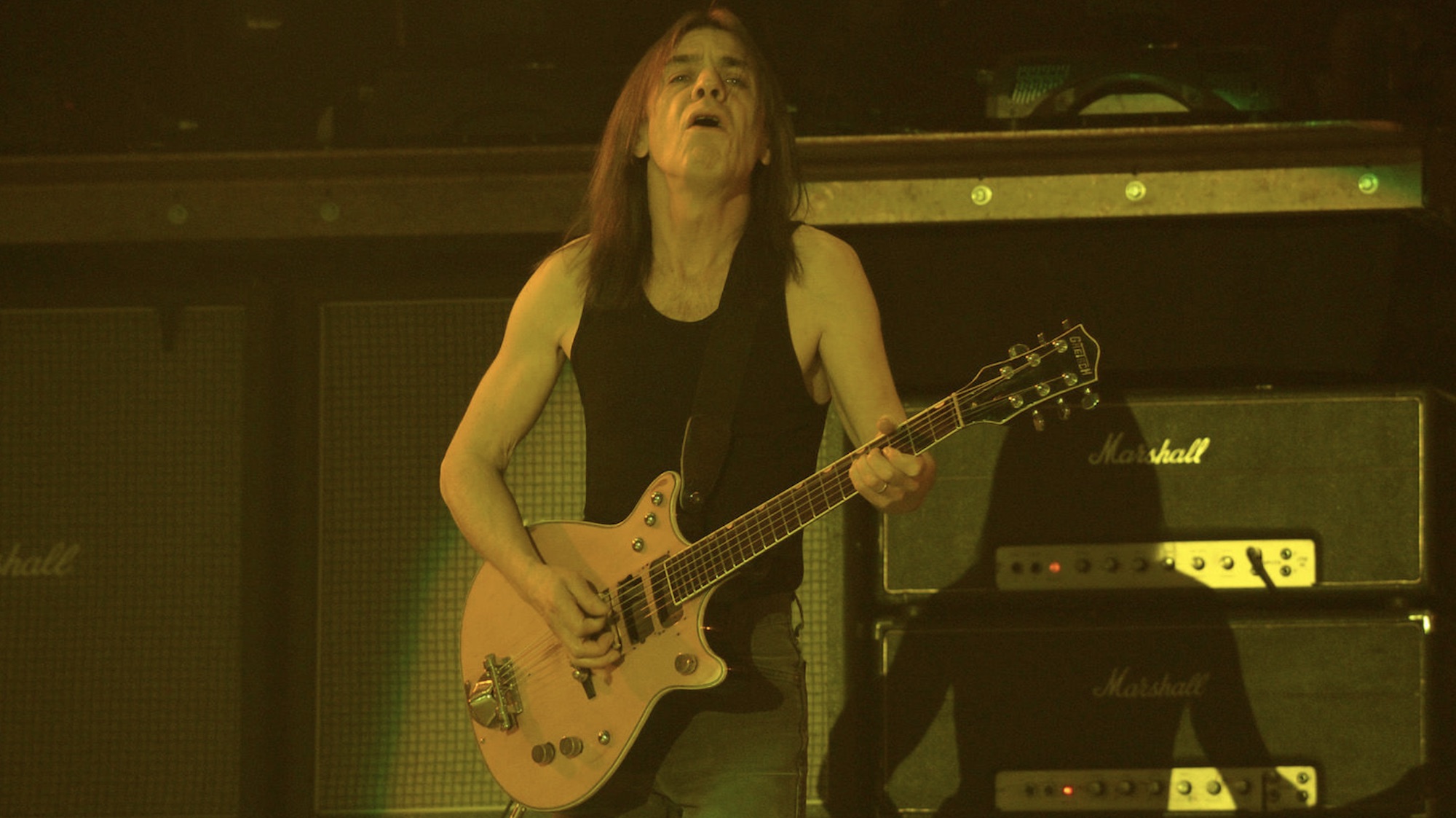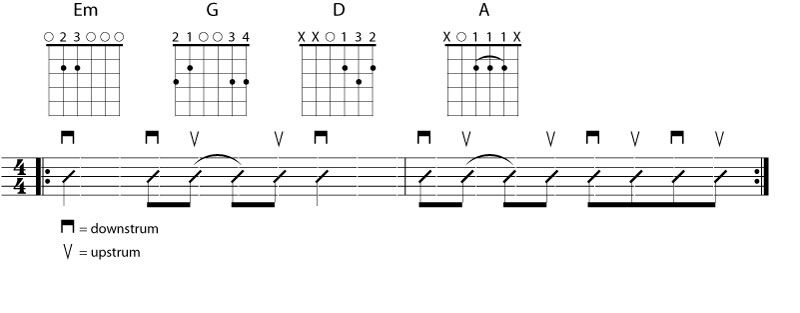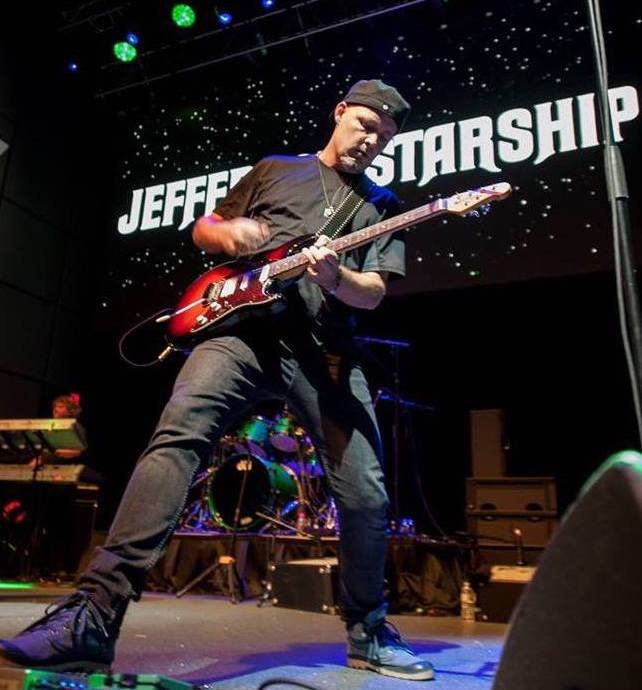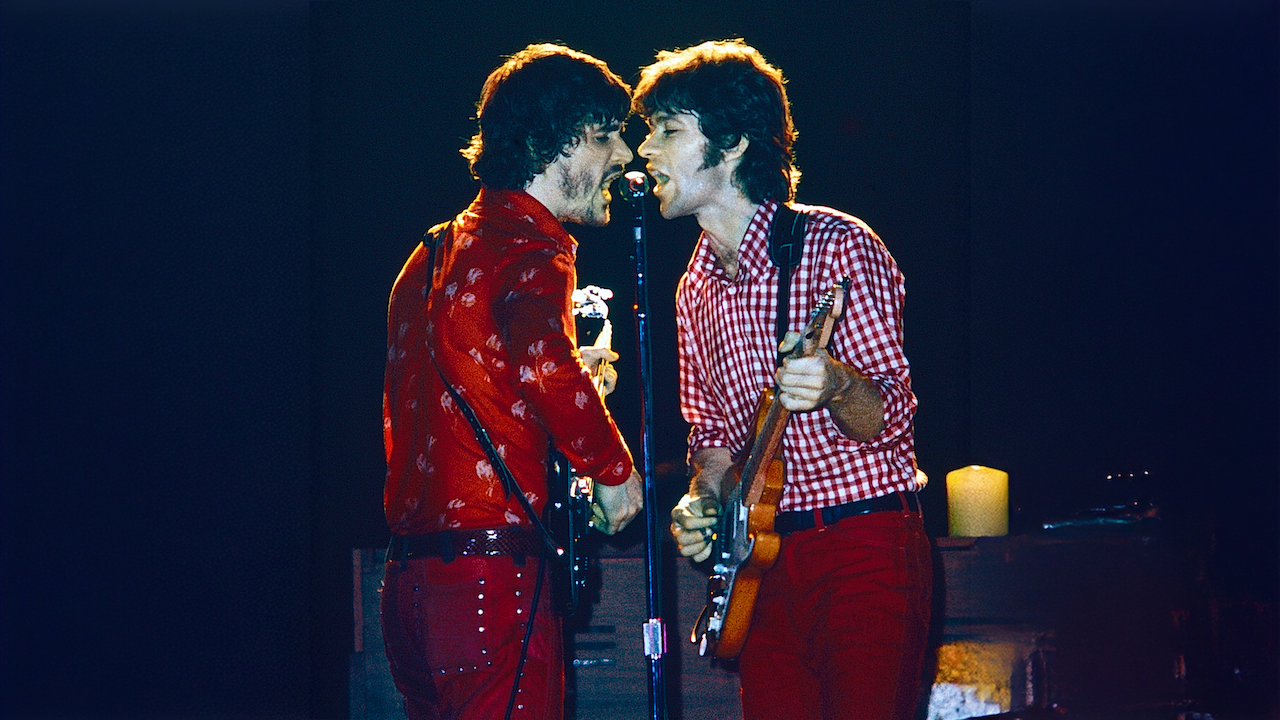
Newbie rockers often make two mistakes when trying to replicate the power of Malcolm Young’s thundering progressions: They assume the AC/DC rhythm king used tons of distortion, and that he regularly employed barre chords.
Actually, the secrets of his power involve huge .012-.058-gauged Gibson strings (including a wound G), a perfectly intonated semihollow ’63 Gretsch Jet Firebird, a rumbling row of Marshalls turned up just loud enough to put sharp edges on the chords (“If those amps are on 3, that’s a loud night for me,” says Young), and open chords struck with a murderous strumming attack. (“He certainly doesn’t tickle it,” says his brother Angus.)
Try this sequence of power grips for a taste of Malcolm’s merciless guitar part on Highway to Hell’s “Walk All Over You.”

Get The Pick Newsletter
All the latest guitar news, interviews, lessons, reviews, deals and more, direct to your inbox!

Whether he’s interviewing great guitarists for Guitar Player magazine or on his respected podcast, No Guitar Is Safe – “The guitar show where guitar heroes plug in” – Jude Gold has been a passionate guitar journalist since 2001, when he became a full-time Guitar Player staff editor. In 2012, Jude became lead guitarist for iconic rock band Jefferson Starship, yet still has, in his role as Los Angeles Editor, continued to contribute regularly to all things Guitar Player. Watch Jude play guitar here.
“Write for five minutes a day. I mean, who can’t manage that?” Mike Stern's top five guitar tips include one simple fix to help you develop your personal guitar style
"It’s like you’re making a statement. And you never know where it’ll lead." Pete Thorn shares the tip that convinced Joe Satriani he was the right guitarist for the SatchVai Band










